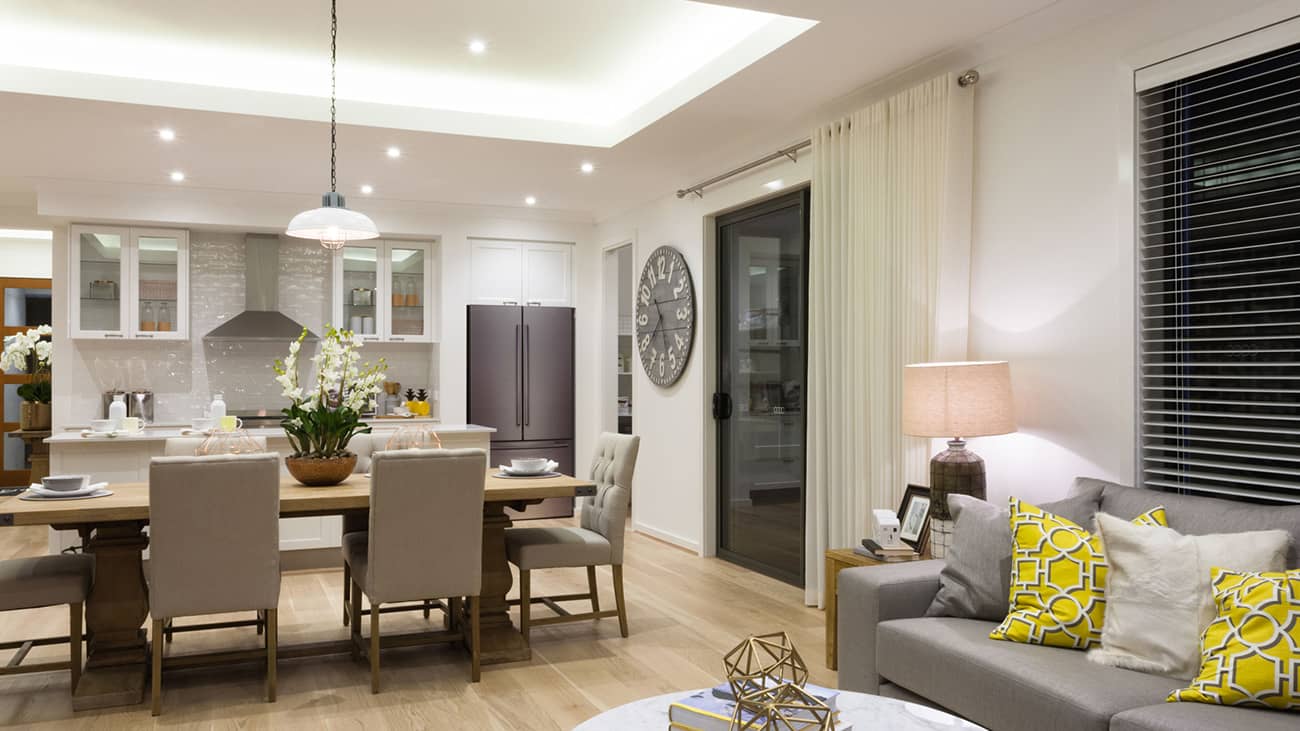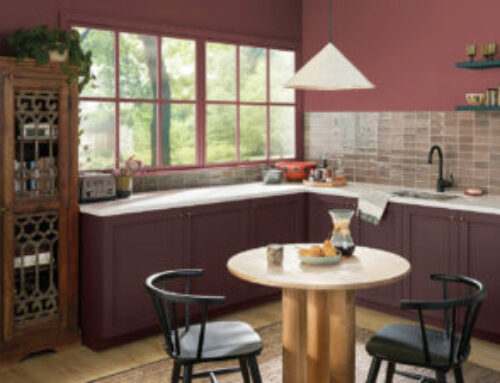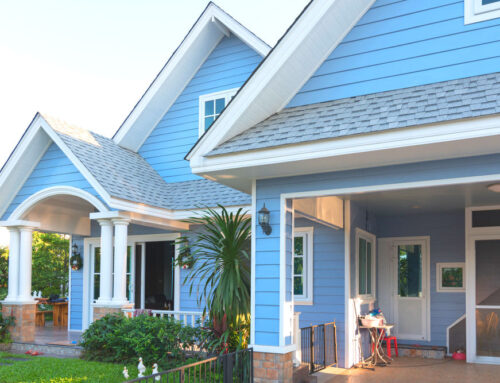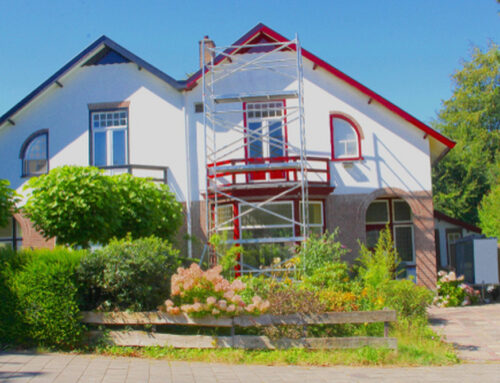Choosing the perfect paint colors for the interior of your home can be tricky.
When we go to people’s homes in San Diego for their initial consultation and to provide them with a quote for painting their interior walls, we’ll ask them, “Have you decided on a color yet?” Some homeowners will know the exact color they want and provide us with a sample that they got from a home improvement store. “We want our walls to be ‘Repose Gray’ and our trim to be ‘Whisper White,’” they’ll say. Others will respond to our question by saying, “We want gray walls and white trim.”
It doesn’t matter if you’re in the first category of homeowner and have the perfect color already picked out, or in the second category and have no clue that there are literally hundreds of shades of gray and white; there’s one thing that very few homeowners take into consideration: lighting.
Often, when people have a specific color picked out for their home, it’s because they’ve seen that color somewhere already—either in someone else’s home or in a magazine or brochure. The room they were in or the photo they saw had the exact look and feel that they’re going for, and they now want to mimic that look in their own home. What they probably haven’t considered, however, is that the lighting in their own home is probably completely different.
When choosing paint colors, you should definitely take into account the windows (or lack thereof) in a room. Does the room get morning, evening, or afternoon sun? If a window faces west, the room will get warm light in the late afternoon and early evening, but will be shadowy in the morning. Conversely, a room with an east-facing window will have bright morning sun. A room with light exposure from the south will receive more intense light than a room that has a window facing north.
It’s not just natural lighting that you have to take into consideration, either. Artificial lighting can have a huge impact on how a color looks in a home. Nowadays, there are so many different types of artificial lighting. There are LED, incandescent, fluorescent, halogen, and vintage-style Edison bulbs. LED bulbs can provide warm or cool lighting, depending on what type you purchase. Incandescent bulbs typically give off warm lighting, while Edison bulbs can give a room a yellow, or even amber, hue. Fluorescent lighting typically adds a cool, almost bluish light. Halogens tend to mimic natural light.
So how do the various types of lighting affect colors? Warm lighting will make warm paint colors look even more intense, while cooler colors (blues, greens, and grays) will appear duller. Cool lighting will enrich cool colors, and natural light will make colors look more vivid.
When selecting colors, it’s important to not only try them out in the room where they will go, but to try them out on various walls within the room. A color may look completely different on a wall that gets direct sunlight than it does on a wall that stays in the shadows all day. Paint a large sample on each wall if you can, so you can get a good idea of what the color will look like when the entire wall is painted. A small paint chip can be very deceiving!
You likely don’t repaint your walls very often, so it makes sense to take the time and get the color choice right before you have the entire room painted. If you need help selecting colors, PaintGreen can help! We have expert color consultants on our team who can assist you in choosing the perfect colors that will give you the look and feel you are going for.






